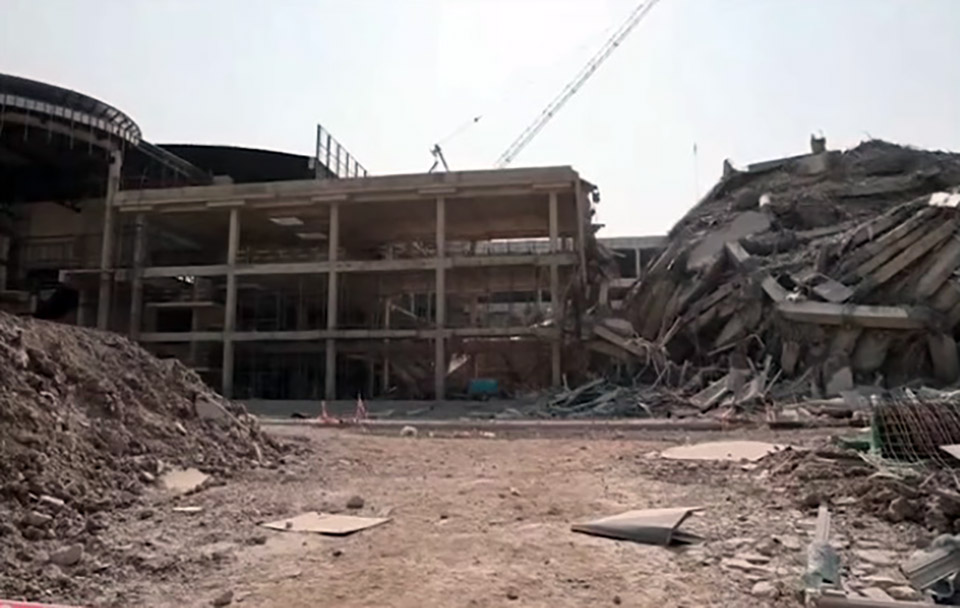
BANGKOK, Thailand – Disaster experts have issued a warning to remain vigilant for potential aftershocks in Thailand over the next 2-3 months, March 30. Although the intensity of these aftershocks is expected to decrease, authorities advise people to stay alert and be prepared.
Professor Dr. Seri Supharathit, a disaster management expert, explained that the recent earthquake could be the most powerful in nearly 100 years, comparing it to a 7.5-magnitude earthquake in Myanmar in 1930. He attributed the quake to tectonic plate movements, though no concrete evidence suggests it was linked to climate change.
As for aftershocks, Dr. Seri indicated that while it’s impossible to predict exactly how many will occur, historically, significant earthquakes of this magnitude have been followed by between 700 and 1,000 aftershocks. He pointed out that aftershocks may continue for 2-3 months. Additionally, the initial earthquake in Myanmar was followed by a 6.4-magnitude tremor just 12 minutes later, which was very strong. However, the main concern may not be the aftershocks themselves, as their magnitudes would likely be less than 7.7, but the risk of additional tremors in nearby regions.
Regarding building structures in Thailand, Dr. Seri emphasized that the country’s regulations allow for acceleration rates ranging from 0.08-0.14, but the recent earthquake in Chiang Mai caused acceleration at 0.24. In Bangkok, the tremors would likely be less intense. The primary concern lies with buildings on soft soil, as these structures are more vulnerable to damage. However, buildings constructed in the past 10 years according to government regulations are considered relatively safe. Incomplete constructions, however, remain at risk of collapse.
As aftershocks are expected to weaken over time, the public is urged to stay alert, understand earthquake safety procedures, and take precautions, such as seeking shelter under tables and moving to open spaces during an earthquake.












